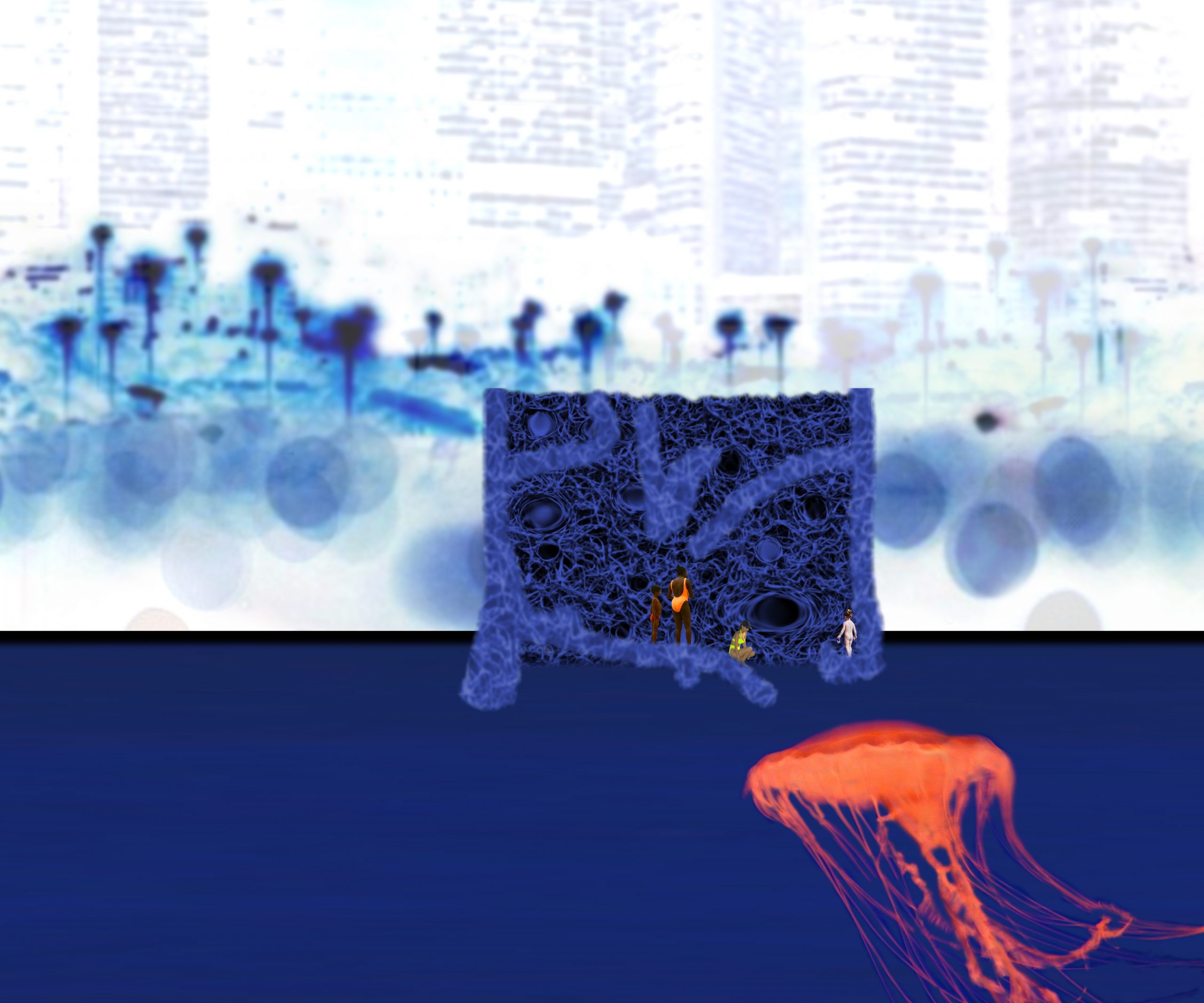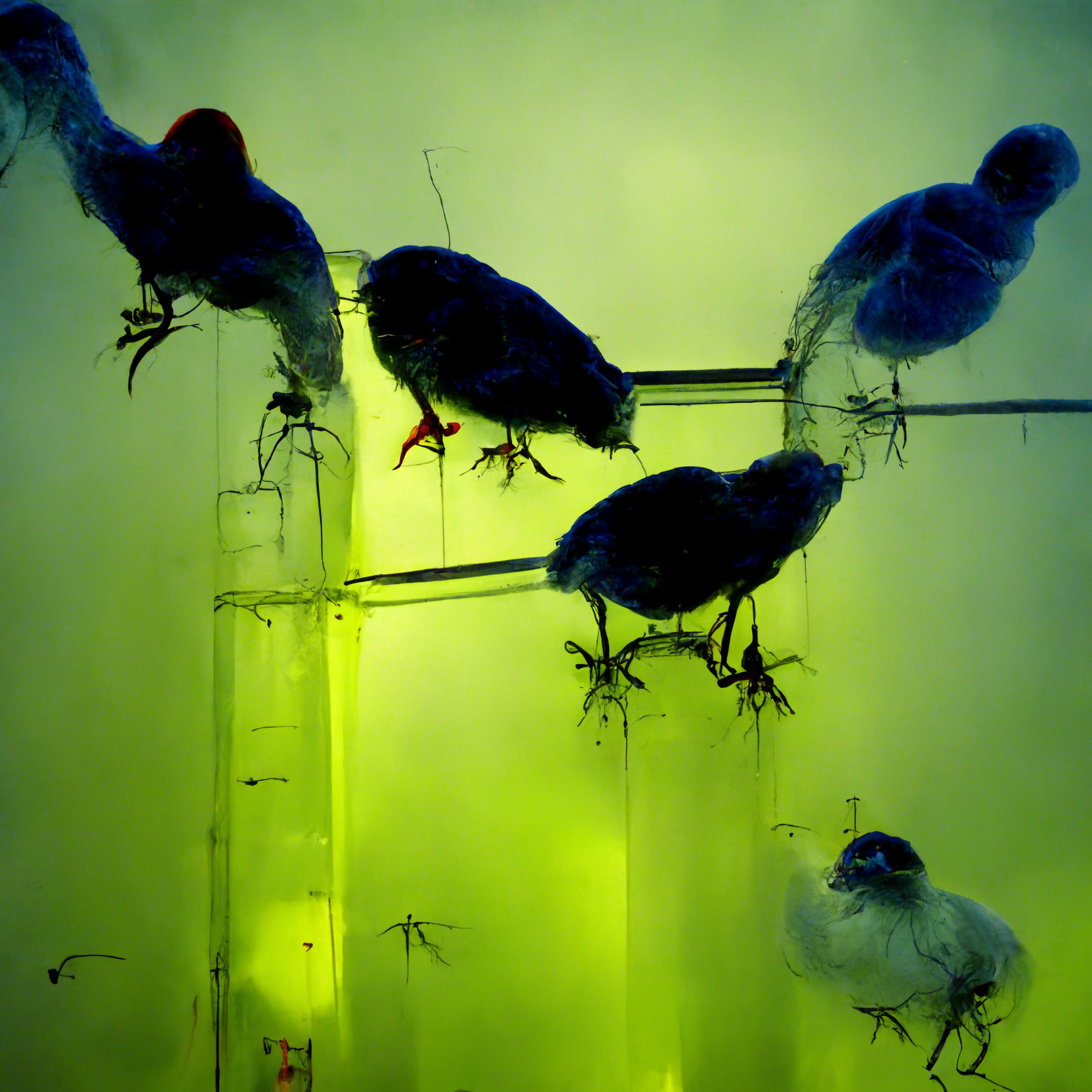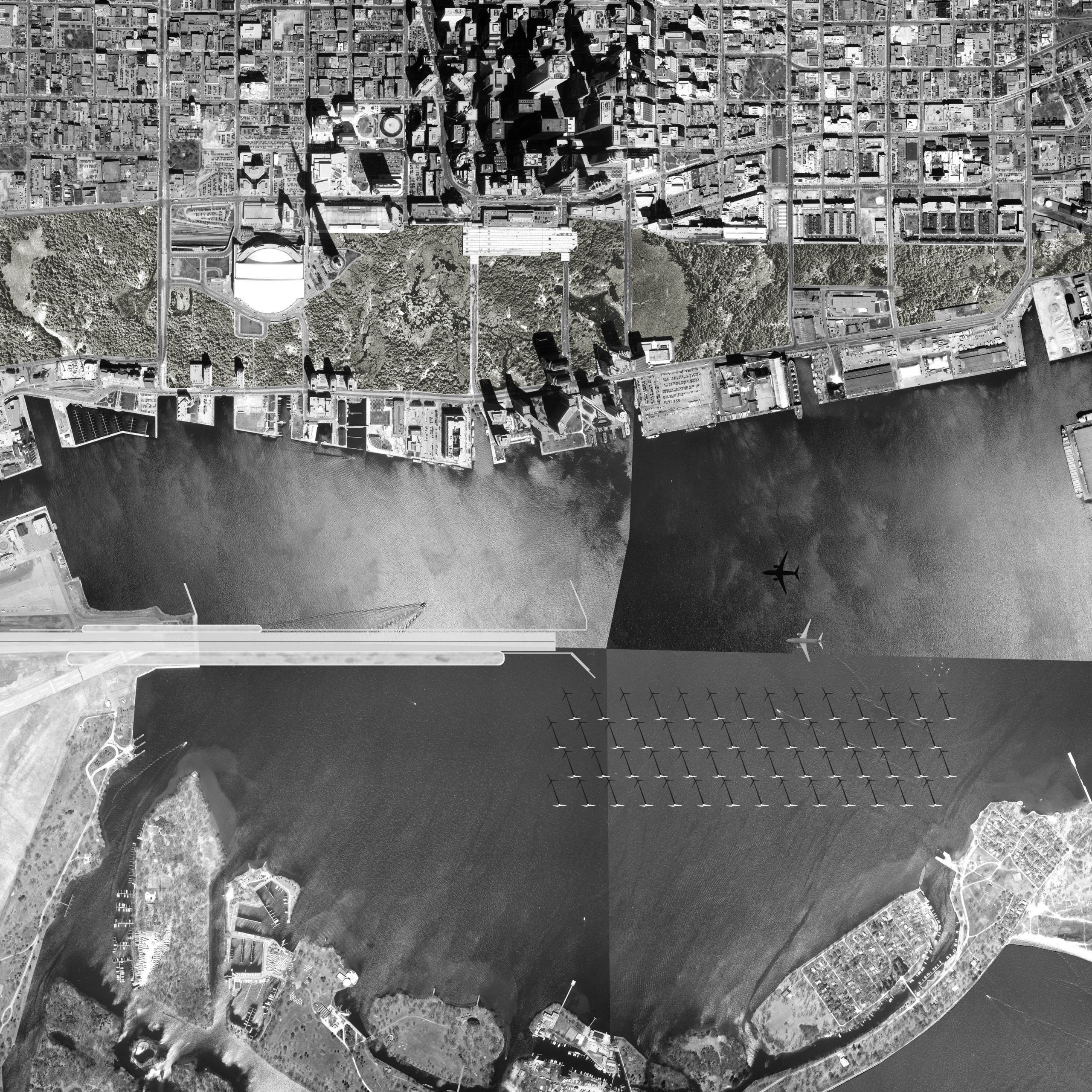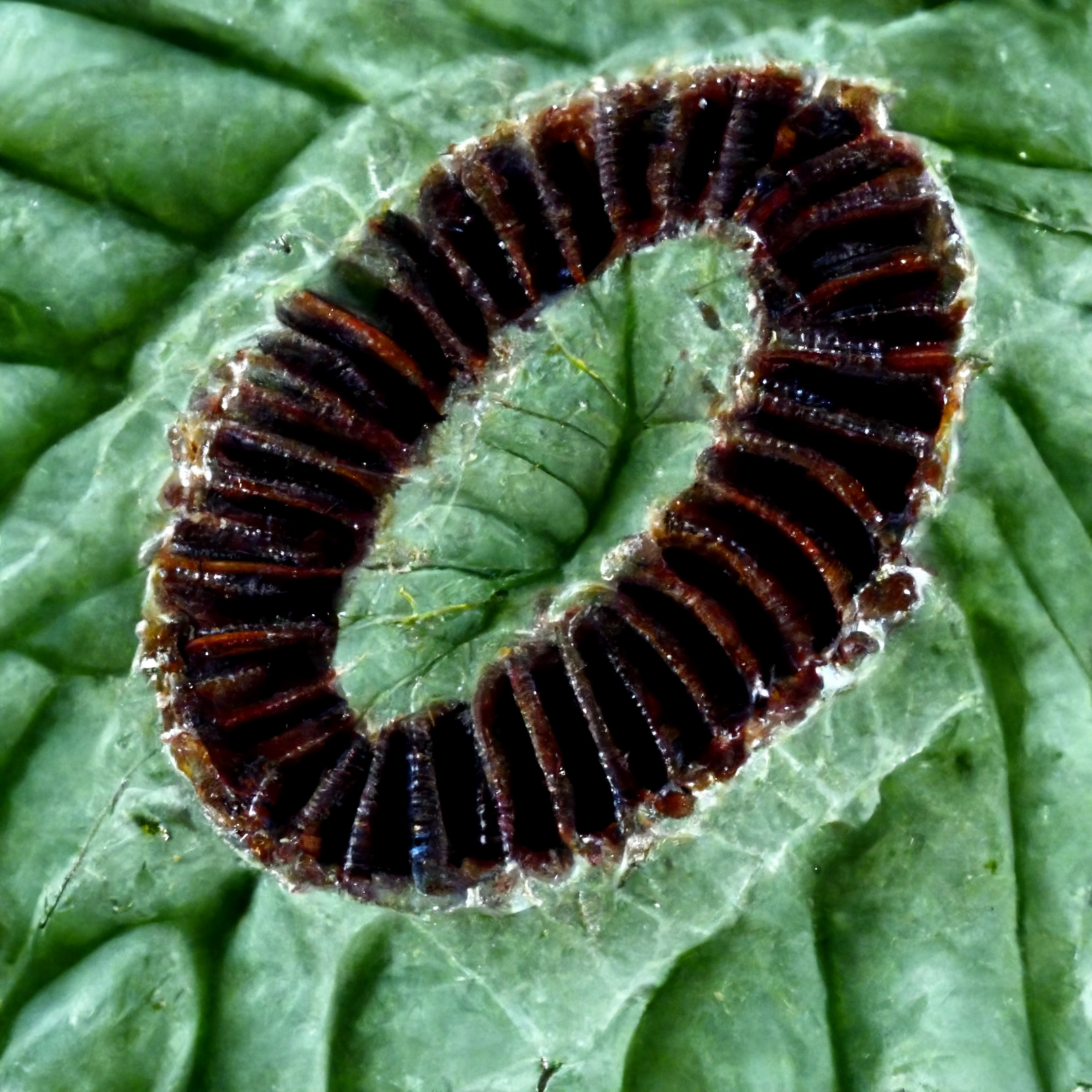The Transgenic Zoo resulted from Peter Yeadon’s pioneering research into the architectural implications of new materials and technologies that were being developed in biotech and nanotech labs at the beginning of the 21st Century. Yeadon started the project in 2000, just a few years after Dolly was cloned, and the project is still evolving.
The Zoo was envisioned as a new neighborhood for a future generation (2020), one that is enhanced with bioengineered plants and animals, and features a range of new biomaterials and products of synthetic biology.




The Transgenic Zoo includes a number of mixed-use developments wherein humans live and work alongside animals in their habitats. Yeadon’s recombinant design approach resulted in provocative associations between natural and artificial compositions that are both biological and environmental. They are also material.
In 2001, Yeadon contacted Nexia Biotechnologies, which had recently created some very strong “biosteel” spider silk fibers in the milk of transgenic goats. He proposed this substance as a structural material for many of the Zoo’s buildings. He also posited the use of polymer scaffolds (biomaterials that were developed to grow human organs) for growing sensory architectural skins that serve as interior and exterior cladding. “Geckovators,” as he called them, were designed to freely move along the facades of buildings, using gecko-film rollers, and bioluminescent grasses lit pathways across the site.



The Zoo’s neighborhood included a salon, where various kinds of hair and nails were grown on (and harvested from) surfaces consisting of cell scaffolds. After meeting with researchers at a tissue engineering lab, Yeadon considered growing skin-like facades that can include light-sensitive retina skins/eyes/windows, to transmit light and images to interior spaces (see middle image, above).
Transgenic Zoo was first published in 2003, just months after the Human Genome Project was completed, and was then featured by Archis magazine in 2004. At the time, biodesign wasn’t a word, yet, and synthetic biology was in its infancy; so, one of the original challenges was envisioning what the transgenic organisms of the future might be like, and what kind of environments might be designed for them.
So, you’ll see a range of chimeric plants and animals here, from the original proposal, but the project was meant to evolve over years as the nascent fields of biotech and nanotech advanced. Recently, as an evolutionary exercise in creativity, we’ve used a closed beta release of MidJourney to help us reimagine some new transgenic organisms that were, at one time, so difficult to represent in the original design. MidJourney uses prompt inputs and AI networks to generate images.
It’s fascinating to see how similar these newly evolved beings are to the originals, and also what unique traits they have.





